Greysheet & CPG® PRICE GUIDE
- U.S. Coins /
- Colonial & Post-Colonial Issues /
-
New Jersey (St. Patrick) Values
Year
Sort by
About This Series
The coinage was made legal tender by the General Assembly of New Jersey in May 1682. The legislature did not specify which size piece could circulate, only that the coin was to be worth a halfpenny in trade. Some numismatists believe the largersize coin was intended. However, as many more farthing-size pieces are known than halfpennies, most believe that...
Catalog Detail
Legal Disclaimer
The prices listed in our database are intended to be used as an indication only. Users are strongly encouraged to seek multiple sources of pricing before making a final determination of value. CDN Publishing is not responsible for typographical or database-related errors. Your use of this site indicates full acceptance of these terms.



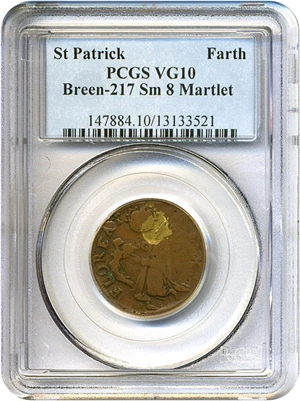
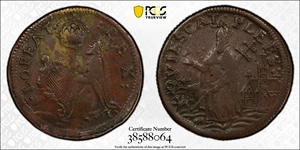
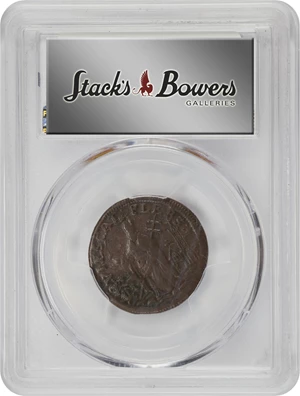
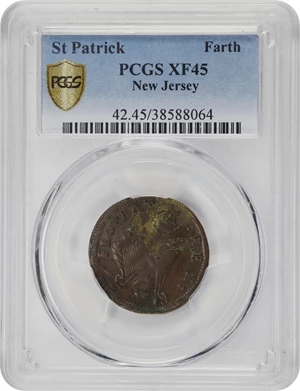
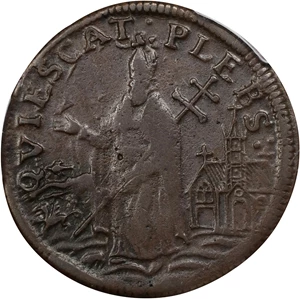
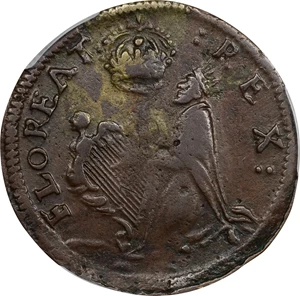
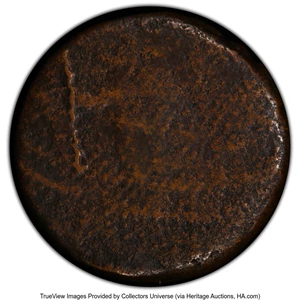

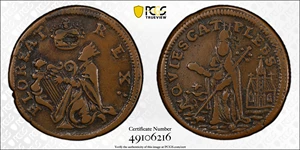
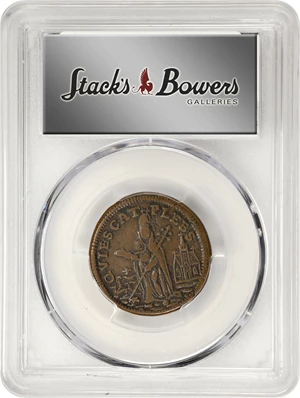
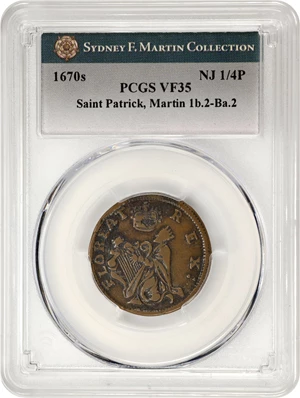
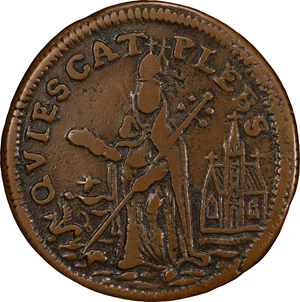
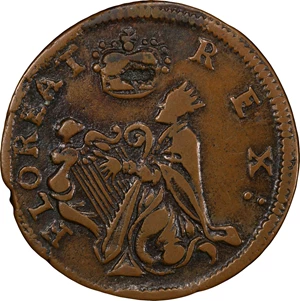
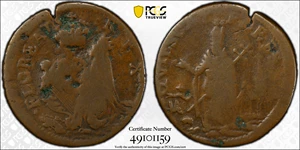
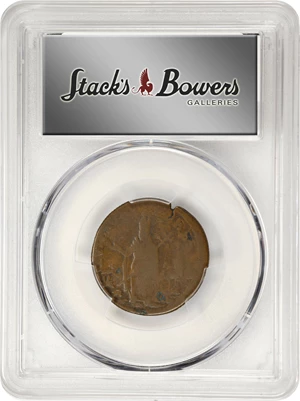
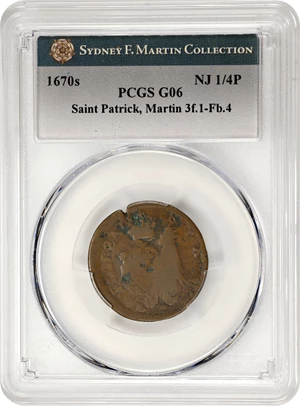
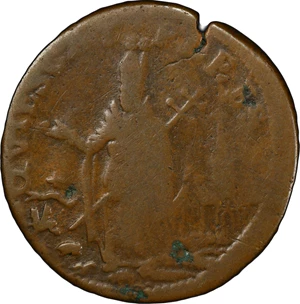
| New Jersey (St. Patrick) | Value Range | Favorite | |||
|---|---|---|---|---|---|
| New Jersey (St. Patrick) | Value Range | ||||
|
$195.00
-
$6,250
$195.00 - $6,250
|
||||
|
$3,900
-
$17,000
$3,900 - $17,000
|
||||
|
$3,900
-
$6,250
$3,900 - $6,250
|
||||
|
$5,250
-
$54,000
$5,250 - $54,000
|
||||
|
-
|
||||
|
$310
-
$12,000
$310 - $12,000
|
||||
From the Greysheet Marketplace
Buy Now: $1,341.25
Related Stories (powered by Greysheet News)
View all news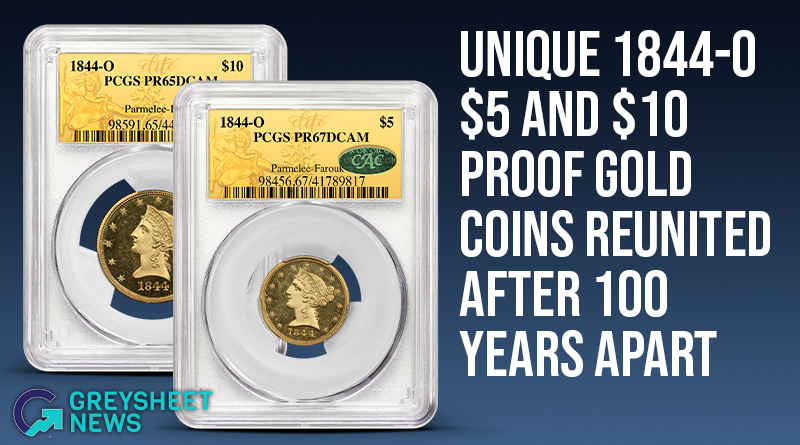
The two rarities will be displayed at the ANA World's Fair of Money in Oklahoma; not seen together since the 1890 Parmelee auction.
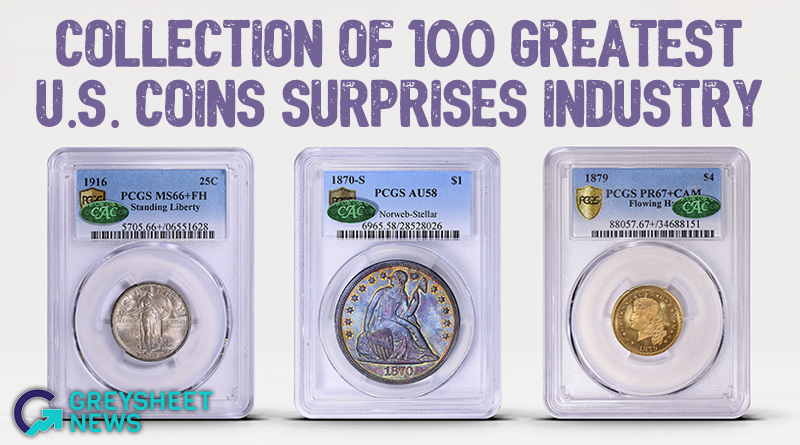
Daily reveals on MyCollect include many major rarities featured in 100 Greatest U.S. Coins book by Jeff Garrett.
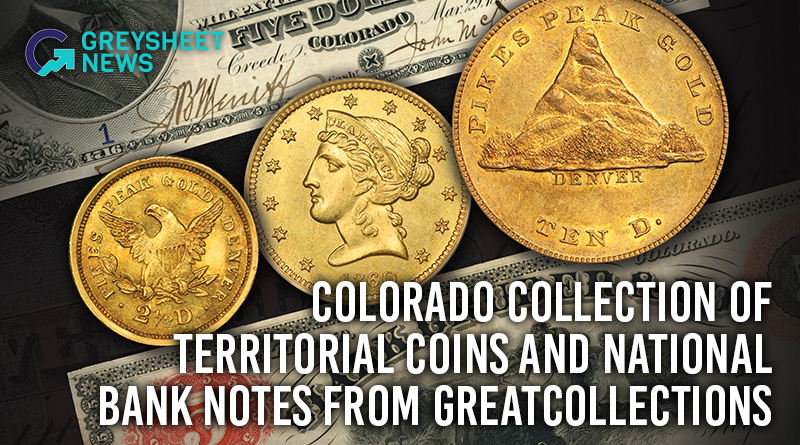
Includes High Grade Clark Gruber Gold Coins & Unique Creede National Bank Note
Greysheet Catalog Details
The coinage was made legal tender by the General Assembly of New Jersey in May 1682. The legislature did not specify which size piece could circulate, only that the coin was to be worth a halfpenny in trade. Some numismatists believe the largersize coin was intended. However, as many more farthing-size pieces are known than halfpennies, most believe that...
Catalog Detail
Legal Disclaimer
The prices listed in our database are intended to be used as an indication only. Users are strongly encouraged to seek multiple sources of pricing before making a final determination of value. CDN Publishing is not responsible for typographical or database-related errors. Your use of this site indicates full acceptance of these terms.



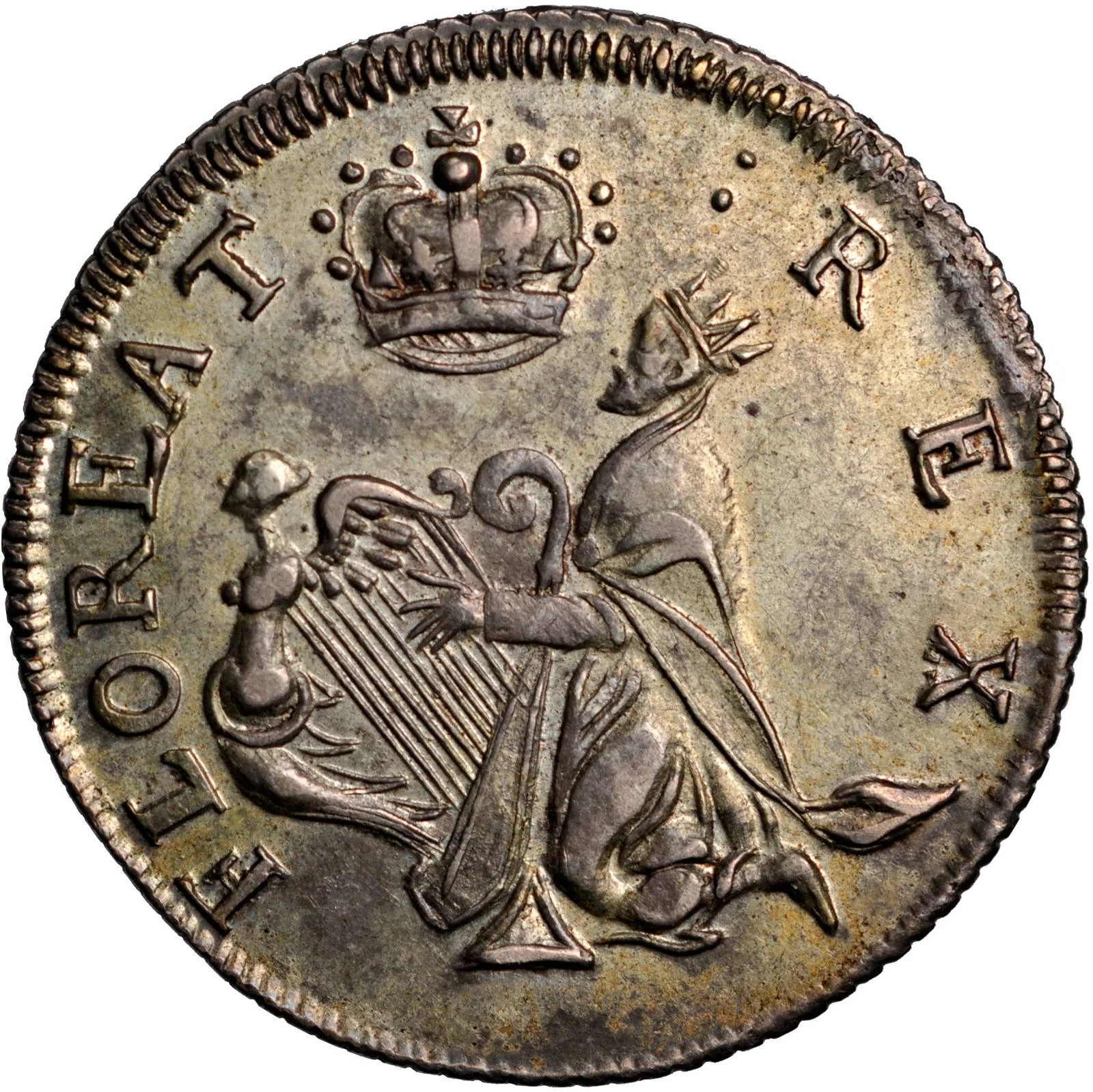






 Loading more ...
Loading more ...